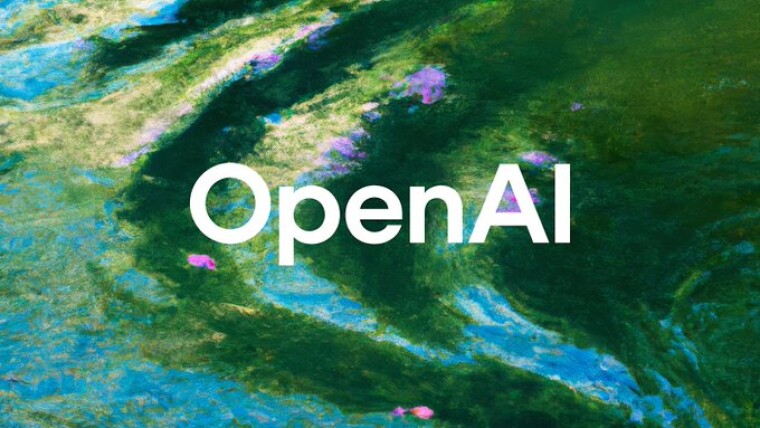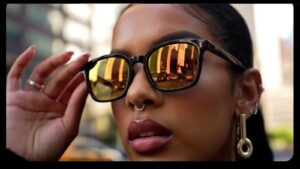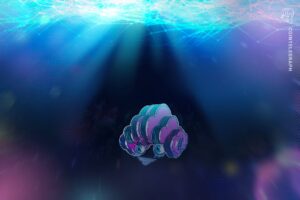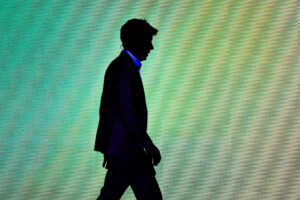OpenAI Justifies Use of Enhanced Image Generator for Producing Fake Receipts

The Evolution of AI-Generated Images
Early Challenges in AI Image Generation
In the past, one of the most noticeable flaws in AI-generated images was the presence of unreadable text. This limitation was particularly evident when dealing with image generation models, which often had significant difficulty accurately rendering text and human-like features such as hands. That has changed recently, particularly with the introduction of an upgraded image generator from ChatGPT.
New Capabilities of ChatGPT’s Image Generator
Recently, social media has been buzzing with users experimenting with this innovative tool. For instance, many have taken to transforming their images to adopt the signature art style of Studio Ghibli, famous for beloved films like My Neighbor Totoro and Spirited Away.
However, this "ghiblification" is just one of the exciting applications of the new image generator. Its ability to accurately render text has opened the door for more diverse uses, particularly in tasks that involve significant text, such as creating receipts.
Example of a Generated Receipt
One user, who goes by the handle @deedydas, shared a generated receipt from Epic Steakhouse that showcased this new functionality. This style of rendering text is visually appealing but tends to have a somewhat cartoonish appearance, where the text looks overly neat and perfect.
In contrast, real receipts, especially those produced by thermal printers, might not have such crisp text due to the way they operate, which often leads to some imperfections. Such differences have prompted some creative users to enhance their fake receipts further, resulting in more realistic-looking outputs.
Improving Receipt Realism
Users like Michael Gofman have worked to refine the images produced by the generator, introducing random stains and better text distortion to mimic the natural variations seen in authentic receipts. The most effective way to achieve a convincing fake receipt appears to be providing the AI with an actual receipt and requesting modifications—this technique was successfully demonstrated by Raphael Chenol, who took a receipt from Hippopotamus Steakhouse and changed details like the price and date.
Risks of AI-Generated Content
With the rise of such technologies, there are rising concerns regarding their misuse. Earlier this year, there was a shocking scam where fraudsters impersonated actor Brad Pitt using AI-generated images, deceiving a French woman out of a significant sum of money. The scammers built an elaborate deception around a fictional online relationship, which illustrates the potential dangers of such technology.
The Future of AI in Creativity and Potential Misuse
The new capabilities of ChatGPT’s image generator, while impressive, are not perfect. Experts note that bad actors could enhance the generated images further using software like Photoshop, raising concerns about authenticity.
Regarding these concerns, OpenAI has acknowledged the implications of generating fake receipts. Taya Christianson, a spokesperson for OpenAI, emphasized that offering users the ability to create such images is part of the organization’s broader commitment to providing creative freedom. She also mentioned that using fake receipts could serve an educational purpose, teaching users about financial literacy and effective record-keeping.
According to Christianson, all images generated by ChatGPT come with metadata that indicates their AI origins, which may help in distinguishing between genuine and AI-created content.
Conclusion
The advancements in AI technology, particularly in generating convincing images and text, present both exciting possibilities and potential risks. As this technology continues to evolve, users must navigate its uses responsibly, understanding both the benefits and the ethical implications of their creative expressions.






